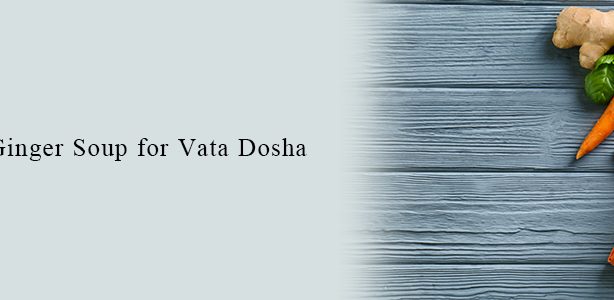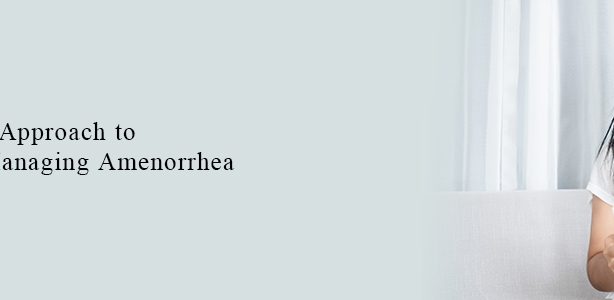Deep Vein Thrombosis, also known as DVT, is characterized by the development of blood clots in the deep veins, which can be a severe threat to life, says an expert at Ayurvedic Singapore. DVT occurs mainly in the lower limbs. But other deep or superficial veins might as well get affected. When the thrombus breaks and starts obstructing the small vessels of vital organs like the brain, heart, and lungs, it becomes a severe condition, adds the Ayurvedic Singapore expert. According to the expert at Ayurvedic Singapore, if a blood clot is formed without apparent reasons, it can be a DVT. The same can manifest as superficial leg or arm pain causing superficial thrombophlebitis, a disorder in which the formation of blood clots and inflammation of the vein occurs. It is the squeezing action of affected muscles to dissolve the thrombus in a DV. The expert at Ayurvedic Singapore says that DVT, in particular, is noticed after surgery or trauma, with higher levels of estrogen, contraceptive pills, during pregnancy, obesity, genetic factors, and in some blood disorders.
Symptoms
The expert at Ayurvedic Singapore details the symptoms. “The key symptoms seen in Deep Vein Thrombosis include pulmonary embolism (mostly with no signs, but chest pain may be caused by pulmonary embolism), edema (DVT blocks the blood flow in the large vein which may cause edema in legs), swelling and pain (the affected muscles become swollen and painful) and skin colour (skin becomes reddish brown). The expert at Ayurvedic Singapore says that the common investigations for Deep Vein Thrombosis are being done by the following methods: Colour doppler ultrasonography and CT scan by a radioactive marker.
Ayurvedic Take
According to the Ayurveda Singapore expert, Deep Vein Thrombosis symptoms are linked with Siragrandhi and Vatharaktham. Ayurveda considers that it is caused due to the imbalance in Vata, pitta doshas, and raktha datu. The treatment combines internal medicines and external therapies, including lepanam, abhyangam, medicated dhara, leech therapy, virechana, and vasthi, says the expert at Ayurveda Singapore. As a follow-up, the patient has to stay for at least three weeks of in-patient treatment. The patient will have to continue medicines for 2-3 months. However, those with acute symptoms should immediately approach an allopathic doctor. The Ayurvedic diet offers herbs such as garlic, ginger, and turmeric in your diet, which have potent anti-inflammatory, blood thinning, and anti-microbial activities. Also, you need to avoid too sour, salty, oily, and fried food items. It is also recommended to consume plenty of water.
Activities
About the activities a patient of Deep Vein Thrombosis can indulge in, the expert at Ayurveda Singapore recommends regular exercise to improve proper blood circulation and the health of blood vessels. In addition, the patient should avoid long periods of inactivity. For instance, while traveling for long hours, you need to stretch your legs and try walking for a few minutes. Bedridden patients should also do regular stretch exercises. Furthermore, wearing elastic stockings will further help in maintaining excellent blood flow. It is also recommended to raise your leg while sleeping with the help of a pillow or pillows.



